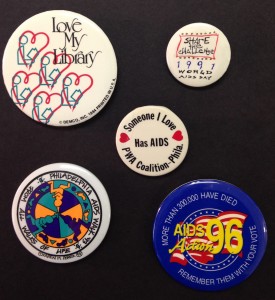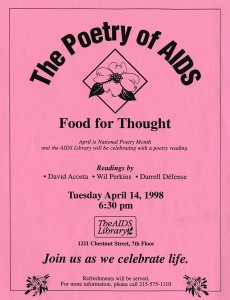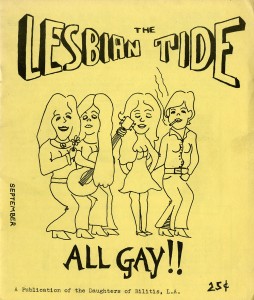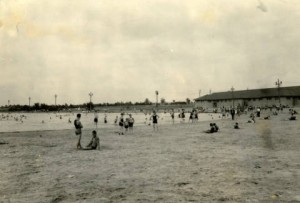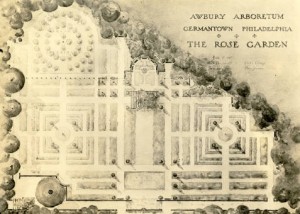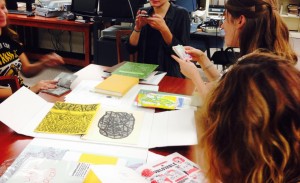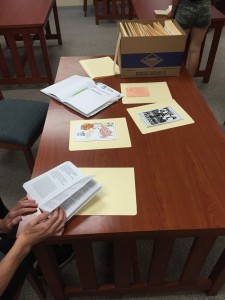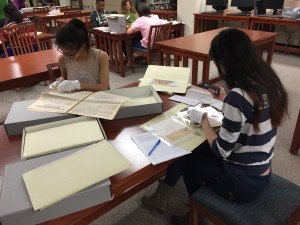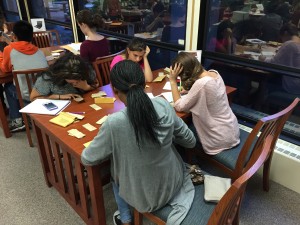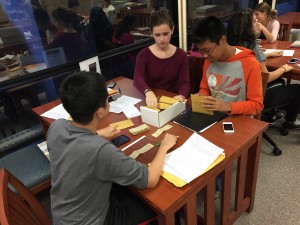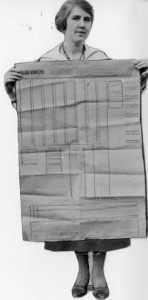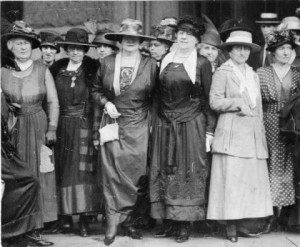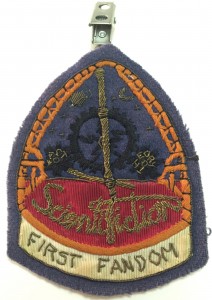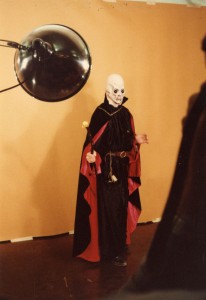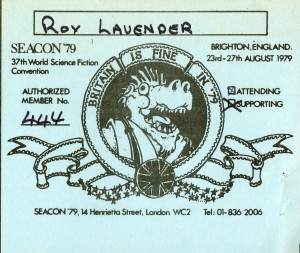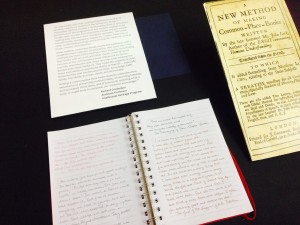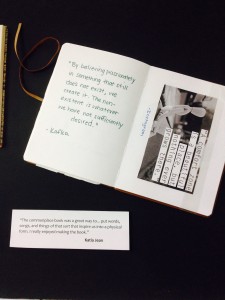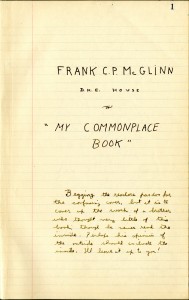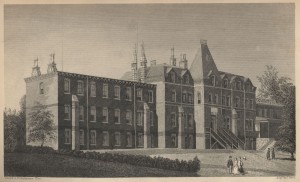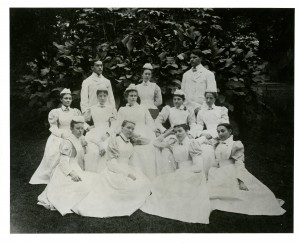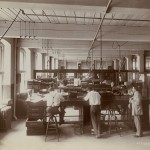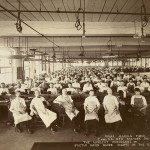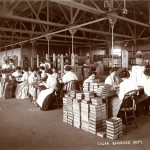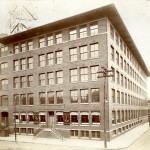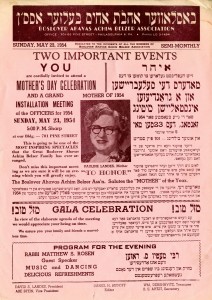
- Association newsletter, May 1954, Boslover Ahavas Achim Belzer Association Collection, SCRC 183, Special Collections Research Center
In the late nineteenth and early twentieth centuries, Jewish immigrants arriving in the US from the same town or shtetl in Central and Eastern Europe often banded together to form fraternal organizations. In addition to providing assistance to recently arrived landsleit, these member associations offered social events, medical and death benefits, and arranged for cemetery burial plots. Beneficial society records often include meeting minutes, membership ledgers, newsletters, event programs, correspondence regarding benefit disbursements, and cemetery plot reservations. Many of the early meeting minutes are written in Yiddish or German. The archives of five beneficial association collections housed at the Special Collections Research Center are ready for research use:
American Hebrew Society Collection
The American Hebrew Society was founded in 1901 as the Roumanian Workingmen’s Beneficial Association. The organization was later known as the Roumanian Hebrew Beneficial Association, and later, the American Hebrew Society. The collection includes correspondence, member dues ledgers, meeting minutes, and permits and cemetery plot reservations for Har Jehuda and Mt. Sharon Cemeteries.
Boslover Ahavas Achim Belzer Association Collection
The Boslover Ahavas Achim Belzer Association was organized as the Boslover Beneficial Association in 1903 by immigrants from Bohuslav, Ukraine. In 1952, they merged with the Ahavas Achim Belzer Beneficial Association, a fraternal organization that had merged with the Belz-Bessarabia Beneficial Association in the late 1940s. The collection contains newsletters, photographs, and the Boslover Beneficial Association charter.
Krakauer-Yampoler Beneficial Society Records
The Krakauer-Yampoler Beneficial Society is the merged organization of the Krakauer Beneficial Society and the Yampoler Beneficial Association. The Krakauer Beneficial Society was founded in 1876 by a group of Jewish immigrants from Krakow, Poland. From 1882-1946, the organization was called the Krakauer Beth Elohim Beneficial Society before changing its name to the Krakauer Beneficial Society. In 1997, the Society merged with the Yampoler Beneficial Association, an organization founded in 1925 by immigrants from Yampol, Ukraine. This collection contains correspondence, meeting minutes, membership ledgers, and newsletters.
Prushin-Shershow Beneficial Association Records
The Prushin-Shershow Beneficial Association was organized in September 1889 by immigrants from the modern-day Belarusian shtetls of Pruzhany and Shereshov. The collection contains correspondence regarding benefits and cemetery plot reservations, meeting minutes, membership ledgers, and roll books.
Zitomirer Beneficial Association Records
The Zitomirer Beneficial Association was organized in 1916 by immigrants from Zhytomyr in present day Ukraine. The collection contains membership ledgers and material related to Mt. Lebanon Cemetery, including reservation plot lists and a map.
-Jenna Marrone, Project Archivist, SCRC
